On World Music Day, a tribute to music directors who brought a universal approach to Bollywood tunes
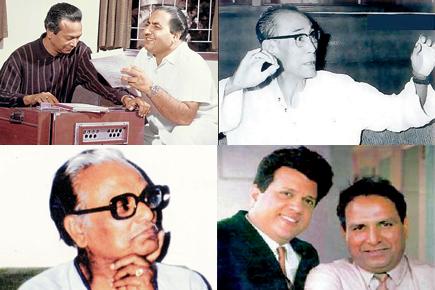
Music directors
World music, as termed by ethnomusicologists, has been a result of the encounters of the curious with the nonchalant. The curious being the imperialists who not only initiated a global fund flow, but also a cultural exchange. The nonchalant being those who were busy abiding to their traditions, while being ideologically incoherent about a global approach. It’s when the two met that ideas were exchanged.
ADVERTISEMENT

There are very few photographs of Hungarian composer Bela Bartok, but one picture highlights this man’s curiosity. Bartok is seen sitting with his cylinder recorder in a Slovak village with the aim of recording folk songs that are popular among the villagers. Obviously, the villagers nonchalantly introduced him to a repertoire of sounds that did inspire his compositions. Back home, the case is the same or else why would people associate ‘Aaja Re More Piya’ (Sarhad, 1960), composed by C Ramchandra, with Italian composer Domenico Modugno’s ‘Nel Blu Dipinto Di Blu’ (Volare, 1958). Bollywood history is replete with similar sightings, which further proves the point that Bollywood has served the genre of world music wholeheartedly. hitlist takes you down memory lane, to remind you of India’s contribution to music that you've heard but not averred as an innovation.
Naushad Ali: An Inescapable Soundscape
The idea of this piece, really, is to get you to hum your way to the last punctuation. So let’s begin by reminding you of the songs of Vijay Bhatt’s Baiju Bawra (1952); it was a time when Bollywood hadn’t completely gotten over subjects like the partition and the inevitable task of nation building.
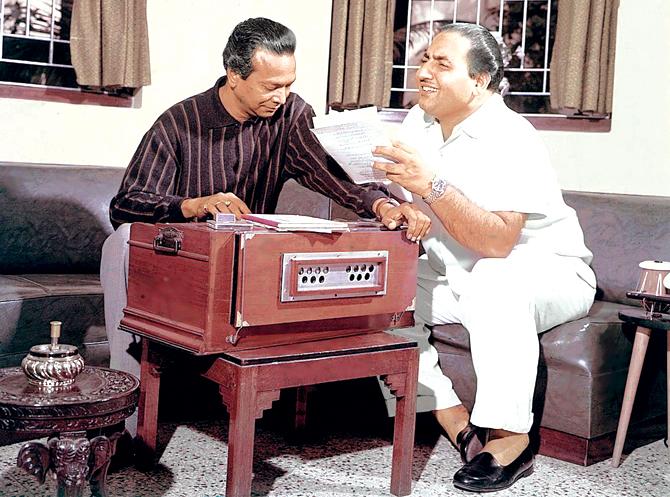
Naushad Ali (left) and Mohammed Rafi
However, this film did not entangle itself in that time capsule and preferred offering the audience a heady mix of sound and image. To manage that the maker required a vision that was aided by an actor who mirrored tragedy and a music director who could give sound to that tragedy. We must remember that at the time classical musicians chose not to lend their voice to film music, but it is the confidence that they showed in Naushad Ali that Ustad Amir Khan and DV Paluskar lent their voice to 'Langar Kankariya Ji Na Maro'. Besides, Bade Ghulam Ali Khan was another stalwart who obliged by singing 'Prem Jogan Ban Ke' and 'Shubh Din Aayo'. While Naushad has often been dubbed as an adamant advocate of Hindustani classical music, to do justice to his skill, we must not omit that it was under the aegis of Naushad and film directors of his time that the genre of World Music was being nourished. Gregory D Booth, the author of one of many seminal books on Bollywood music, quotes musician Kersi Lord as saying, "Mr Naushad started the big orchestra. The nice thing about Mr Naushad's music was that it had a good classical base. The songs were traditionally correct-the Indian classical and the Western arrangements." Kersi Lord being a jazz musician is proof enough that Naushad was in no way curbing the infusion of western sounds in his music. In fact, by directing a large orchestra, he was introducing Indian classical musicians to western classical musicians. The outcome of which has only massified a classical music idiom.
Shankar-Jaikishan: Orchestrating a blend
Shankar, it is documented by historians, could not recover after the death of Jaikishan in 1971. As far as composing was concerned, Shankar had already embarked on that painful journey of crossing paths with the exodus of new composers who were now the preferred option among even the older generation of filmmakers.

In a radio interview, back in 1987, Shankar being the one left behind to tell the tale, spoke about the duo’s western influence. “Music has seven notes and wherever in the world you go, you will not find an eight note,” he asserted. Shankar further elaborates that in the world customs do vary, but for a good musician that is no great barrier.
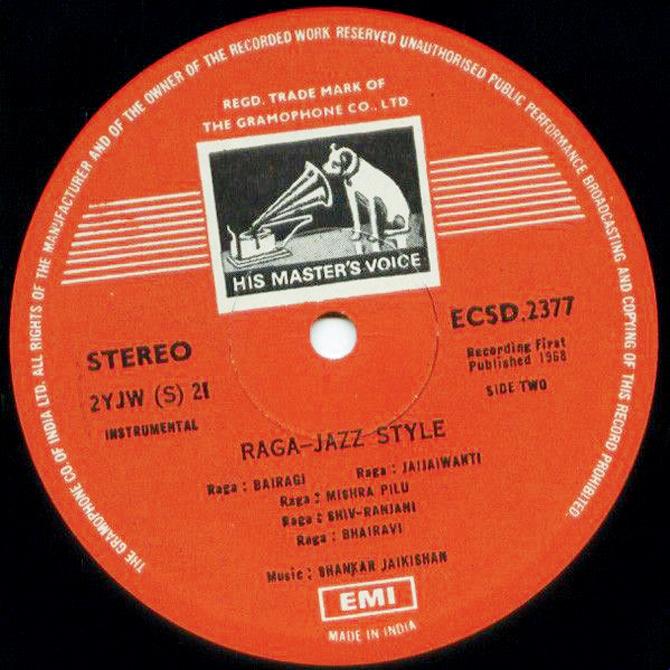
It was this approach to music that allowed the two to give Mohammed Rafi the perfect backdrop for his octave play, and, at the same time, set a rhythm for Shammi Kapoor to shake a leg in Prince. While versatility of Mohammad Rafi is better fit for another day's discussion, it is the way in which he was directed by these stalwarts that highlight their approach. In 1968, the duo released an album that best sums up the direction in which they were taking Bollywood music. The album is called Raga-Jazz Style. Its release, as pointed out by musicologists, was another step towards bringing to the fore a genre called Indo-jazz.
SD Burman: A moment in time
It would take an avid listener to ascertain that it was SD Burman himself who encouraged an experimental bent of mind in his son RD Burman. So the anecdote that clings to the figure, about him walking out of the recording studio on hearing RD Burman's ‘Dum Maro Dum’, is a rather harsh distraction from the man’s own endeavour to experiment with sounds.
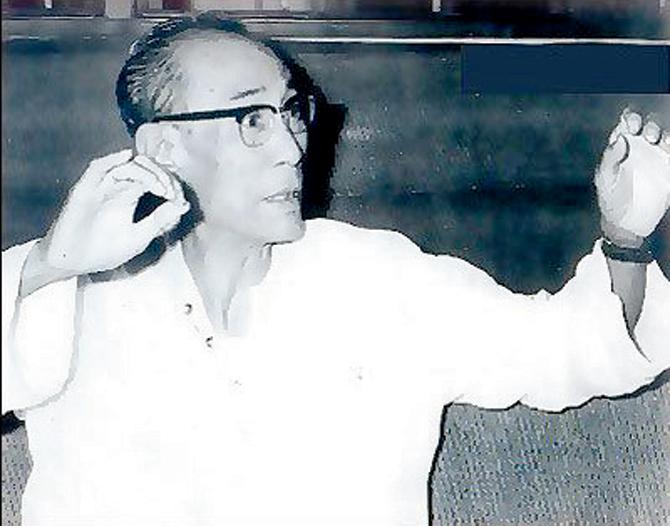
On forums and blogs, fans have shared their favourite songs of SD Burman and gushed over the music director’s innovations. However, after getting rid of the cloying sentimentality, it becomes clear that SD was able to set the mood for every singer he worked with from the list of options: Mohammad Rafi, Mukesh, Lata Mangehskar, Asha Bholse and Geeta Dutt.
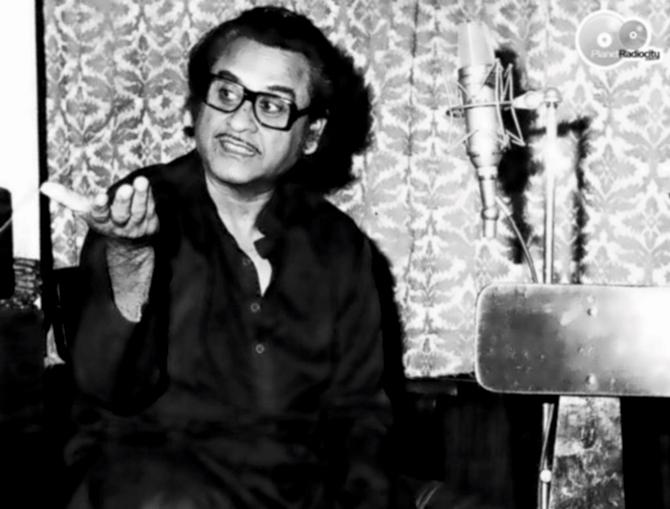
Kishore Kumar
Nevertheless, he seemed creatively driven when working with Kishore Kumar. Probably, because Kishore wasn't a trained musician and offered flexibility. Whether it was Sahir Ludhianvi’s lyrics in 'Hum hai rahi pyar ke’ or Majrooh Sultanpuri's ‘Ek ladki bheegi bhagi si’, it posed a deviant to unofficially acknowledged standards.
C Ramchandra: Importing a rhythm
As music director, he was referred to as C Ramchandra; as movie actor, he was known as RN Chitalkar; and, as playback singer, he preferred being called Chitalkar. What’s in a name they say, but as reference point for the reader we are going to stick to C Ramchandra for in that persona his achievements are Bollywood's boon. He was an avid jazz fan and lent a keen ear to the phrasing of Benny Goodman on the clarinet.
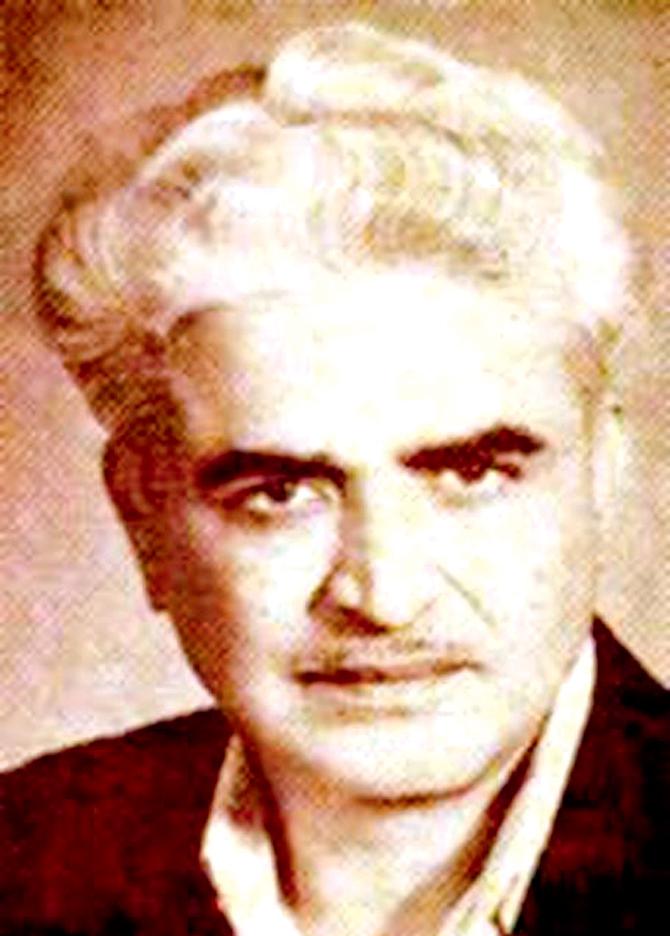
While jazz had touched the hearts of many in India, by the ’50s rock ‘n’roll had reached Indian shores. It was through versatile music directors like Ramchandra that these new sounds were infused into Bollywood film music. Undoubtedly, Ramchandra’s playlist covered music from different genres that inspired him to direct the music of the film Shehnai (1947).
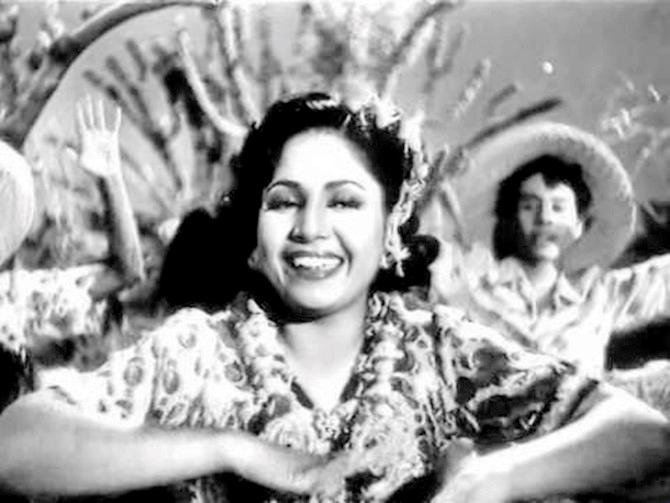
Geeta Bali
The song ‘Meri jaan, meri jaan ana Sunday ke Sunday’, to the discerning listener, clarifies that Ramchandra chose a combination of western instruments to achieve his musical idiom. A combination of the Afro-Cuban bongos and a brass section of oboe, clarinet and saxophone, can be heard in ‘Shola Jo Bhadke’ (Albela, 1951). The youngsters, at the time, would celebrate their freedom to his beats, but it was that same fusion of instruments that saw them through their mourning after the Indo-Sino war with 'Ae mere watan ke logo'.
Anil Biswas: Mastery of folk
Since the Bollywood film industry has a large audience and remains the best platform for one to showcase their talent, it is also the best way to sample innovativeness unnoticed. Another sampler of innovation in the field of music was both thick skinned and gentle at heart. On knowing that Anil Biswas was jailed for his participation in the freedom struggle, passes his him off as a man of principles.
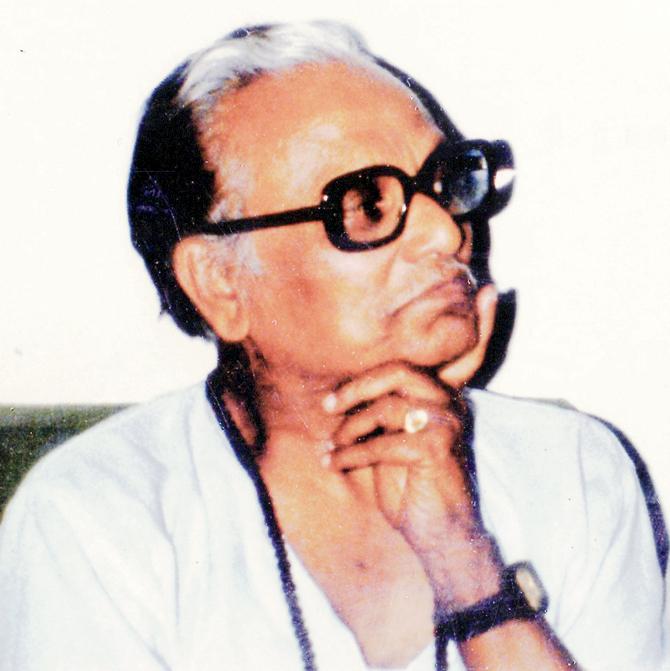
Anil Biswas
In his music it was this indelible personality trait that both rowed and sunk the boat of success. While the big bands of western countries were inspiring music directors to aim for a bigger sound, it was Anil Biswas who chose to resell folk and ghazal to a wavering audience within the orchestral parameters.
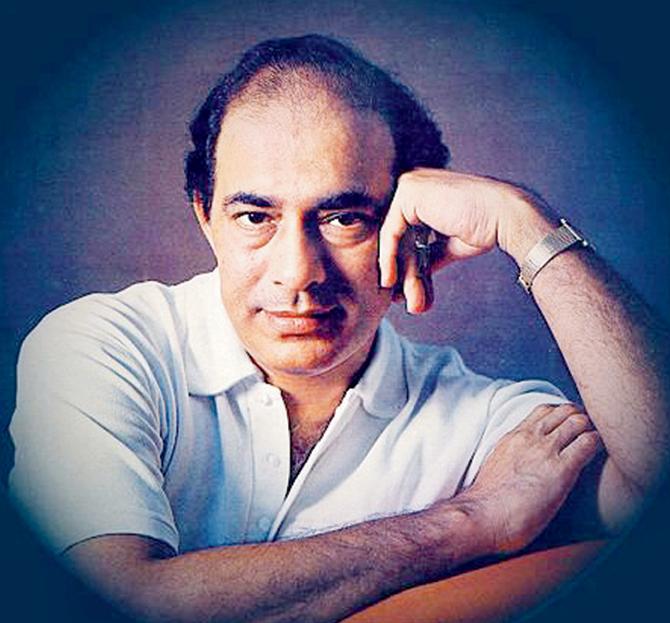
Talat Mahmood
The fact that he did that with help of Talat Mahmood and Manna Dey is well known, but a few acknowledge the fact that he himself sang most of the songs that he composed. It was his mastery over folk and his desire to have complete control over his compositions that we have “More angana mein laga abmua ka ped” from Aurat (1940). Or, for that matter, in Dilip Kumar's debut film, Biswas captures folk styles prevalent in Northern India with the song Tara ra ra gaao Kabir from Jwaar Bhata (1944).
 Subscribe today by clicking the link and stay updated with the latest news!" Click here!
Subscribe today by clicking the link and stay updated with the latest news!" Click here!






